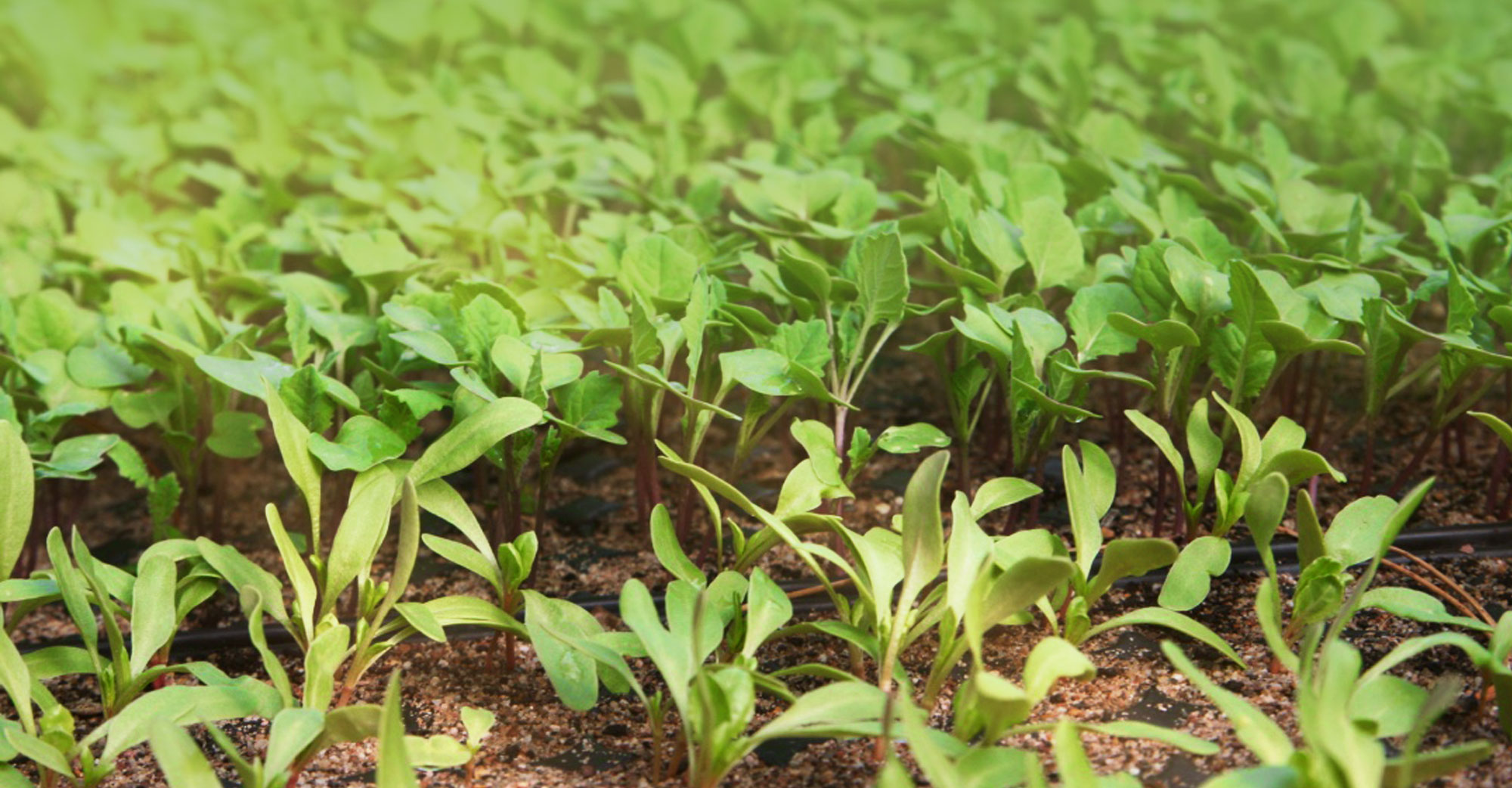Have you been wondering how we can easily save the world with the humus revolution?
Then you’re ready for soil care 2.0!
Humus, the dark, rich organic matter found in healthy soils, has become one of the most hotly debated topics in the world of sustainable and regenerative agriculture. And for good reason: not only can humus improve crop yields and soil health, it can also combat the effects of climate change and save the planet.
One of the most important benefits of humus is its ability to store water and nutrients in the soil. This means that plants are healthier and can survive periods of drought or heavy rainfall. This is especially important in a world where climate change is leading to increasingly extreme weather, and where water and food security are becoming key concerns.
Humus also plays a critical role in carbon storage. When organic material is added to the soil, microorganisms break it down into humus. In this process, the carbon contained in the organic matter is stored in the soil and not released into the atmosphere as carbon dioxide. This helps to reduce the amount of greenhouse gases in the atmosphere and mitigate the effects of climate change.
In addition to improving soil health and combating climate change, humus can also significantly increase crop yields. Humus-rich soils can increase crop yields by up to 30% and also improve overall crop health. Quite important for a world in which the population is steadily growing and fertile, tillable land is becoming scarce.
How to build humus?
The good news is that it is not difficult to improve the humus content of the soil. There are many simple, natural ways to do it, such as adding organic matter to the soil, using ground covers and compost. By taking these simple steps, you’re already helping to improve soil health, reduce your carbon footprint, and make a generally positive impact on the environment.
With these simple steps, you can build humus in a short amount of time and make lasting improvements to your soil:
Add compost: A good compost improves soil structure and provides valuable, available nutrients to your plants. Learn how to build your own aerated compost here!
Minimize tillage: avoiding heavy tillage by minimizing aeration techniques has proven successful in regenerative agriculture. Instead of deep plowing, surface aeration and loosening is used – this also plays an important role in soil health.
Use green manures: Legumes have the ability to fix nitrogen from the air in the soil through so-called nodule bacteria (rhizobia). Intercropping with various legumes such as beans, peas, lupins, clover, and alfalfa is therefore not only worthwhile for a varied interseed and harvest, but also to simultaneously build up the soil and make nutrients available for high-yielding subsequent crops. Instead of fallow land, permanent planting takes place – building up the soil at the same time.
Mulching: Mulching is one of the key elements in humus building because the soil stays covered and retains more water, weeds don’t give you a hard time, and soil organisms and microorganisms can work in peace. Suitable materials include lawn clippings, wood chips, leaves, chopped clippings, straw and much more. (You can find an exciting article on the subject of mulch here).
And what does “humus revolution” actually mean?
On the one hand, carbon dioxide is currently increasing worldwide due to massive emissions, and on the other hand, the coverage of the earth’s surface with a protective humus layer is dwindling. The humus revolution is not just about improving crop yields or reversing climate change, but about creating a sustainable and regenerative future for all. By understanding the importance of humus and how to build it all the time, everywhere, we can help keep our planet healthy and habitable for generations to come.
The book “The Humus Revolution” by Ute Scheub and Stefan Schwarzer shows: “A global humus build-up of just one percent would be enough to reduce the CO2 content of the atmosphere to a harmless level. What sounds simple, is in fact […].”
Globally, the “humus revolution” is therefore the most important hope for global food sovereignty – as well as for the fight against climate extremes, poverty and migration. And the best thing about it is that anyone can start right away and help.
References and further information:
Ute Scheub, Stefan Schwarzer (2017): The humus revolution: how we heal the soil, save the climate and create the food revolution. Oekom Verlag. https://www.oekom.de/buch/die-humusrevolution-9783865818386
Building humus – How healthy humus soil contributes to climate protection. Published online: https://www.wwf.at/artikel/humusaufbau-klimaschutz/
Thomas Heiss (2021): Building humus in the garden: the best tips. Published online: https://www.mein-schoener-garten.de/gartenpraxis/humusaufbau-43207








